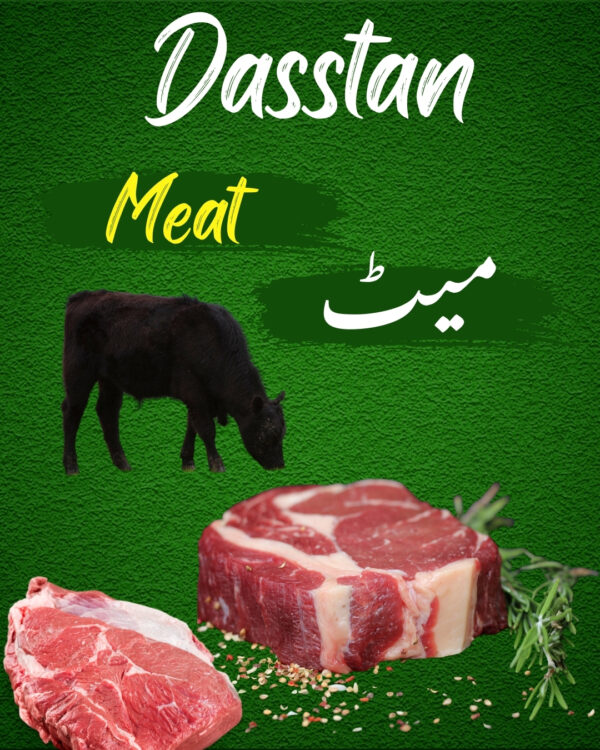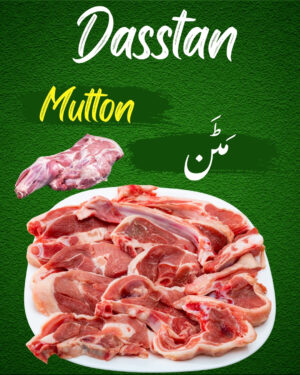Description
Meat: A Culinary and Nutritional Powerhouse
Meat, a staple in countless cuisines worldwide, refers to animal flesh consumed as food. It’s a rich source of protein, essential vitamins, and minerals, playing a vital role in human nutrition. From succulent steaks to flavorful ground meat, its versatility makes it a cornerstone of diverse culinary traditions.
Nutritional Benefits:
- High-Quality Protein: Meat is a complete protein source, containing all nine essential amino acids necessary for building and repairing tissues.
- Iron: Particularly red meat, it’s a significant source of heme iron, which is easily absorbed by the body, crucial for preventing iron deficiency anemia.
- B Vitamins: Meat is packed with B vitamins, including B12, essential for nerve function, red blood cell formation, and energy production.
- Zinc: Vital for immune function, cell growth, and wound healing, zinc is abundant in various meat types.
- Other Minerals: Meat also provides phosphorus, selenium, and other essential minerals.
Culinary Versatility:
Meat can be prepared in countless ways, including:
- Grilling: Creates a smoky flavor and sears the surface, locking in juices.
- Roasting: Ideal for larger cuts, resulting in tender and flavorful meat.
- Braising: Slow-cooking in liquid, yielding exceptionally tender and flavorful results.
- Sautéing: Quick cooking over high heat, perfect for smaller cuts.
- Ground Meat: Used in burgers, meatballs, sauces, and countless other dishes.
Types of Meat:
- Beef: Derived from cattle, known for its rich flavor and versatility.
- Pork: From pigs, offering a wide range of cuts with diverse flavors and textures.
- Poultry: Including chicken, turkey, and duck, prized for its lean protein and versatility.
- Lamb: From sheep, known for its distinct flavor and tenderness.
- Game Meat: Including venison, bison, and elk, offering unique flavors and nutritional profiles








Reviews
There are no reviews yet.